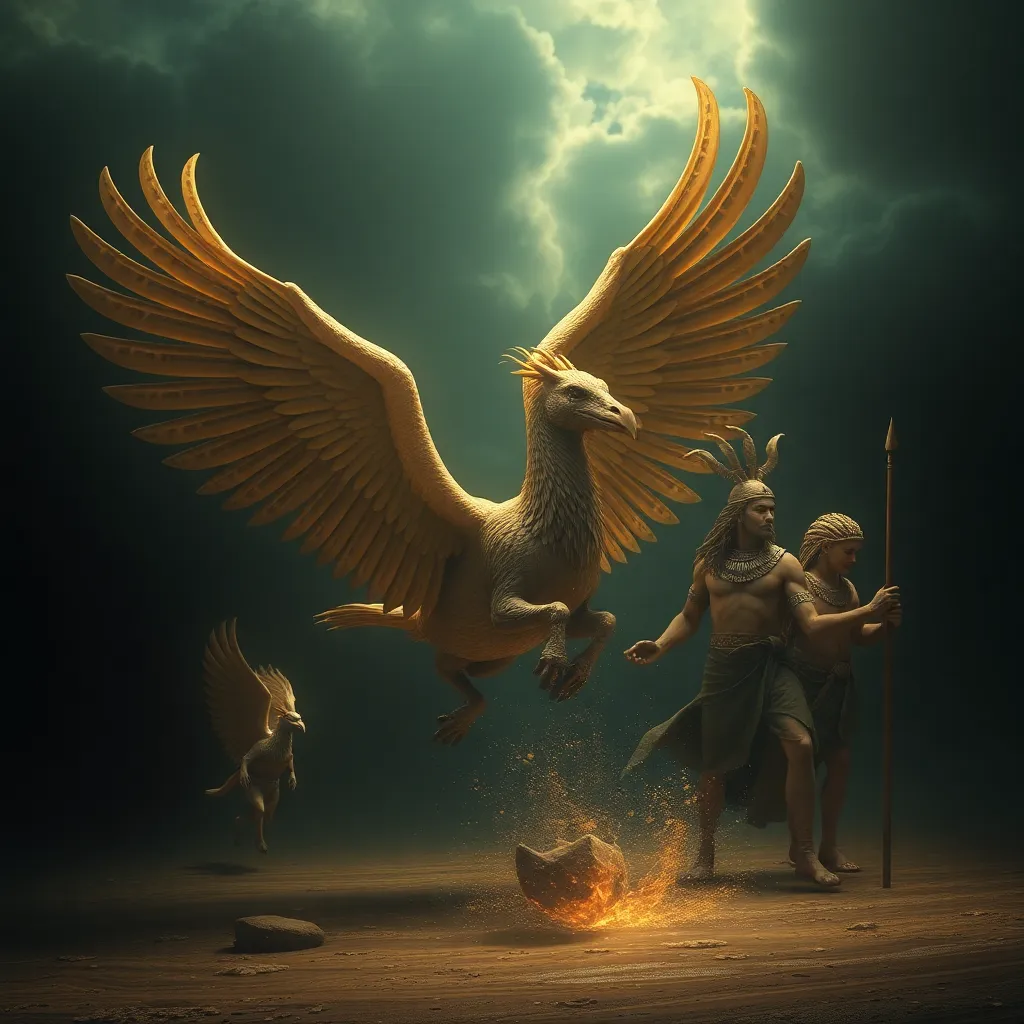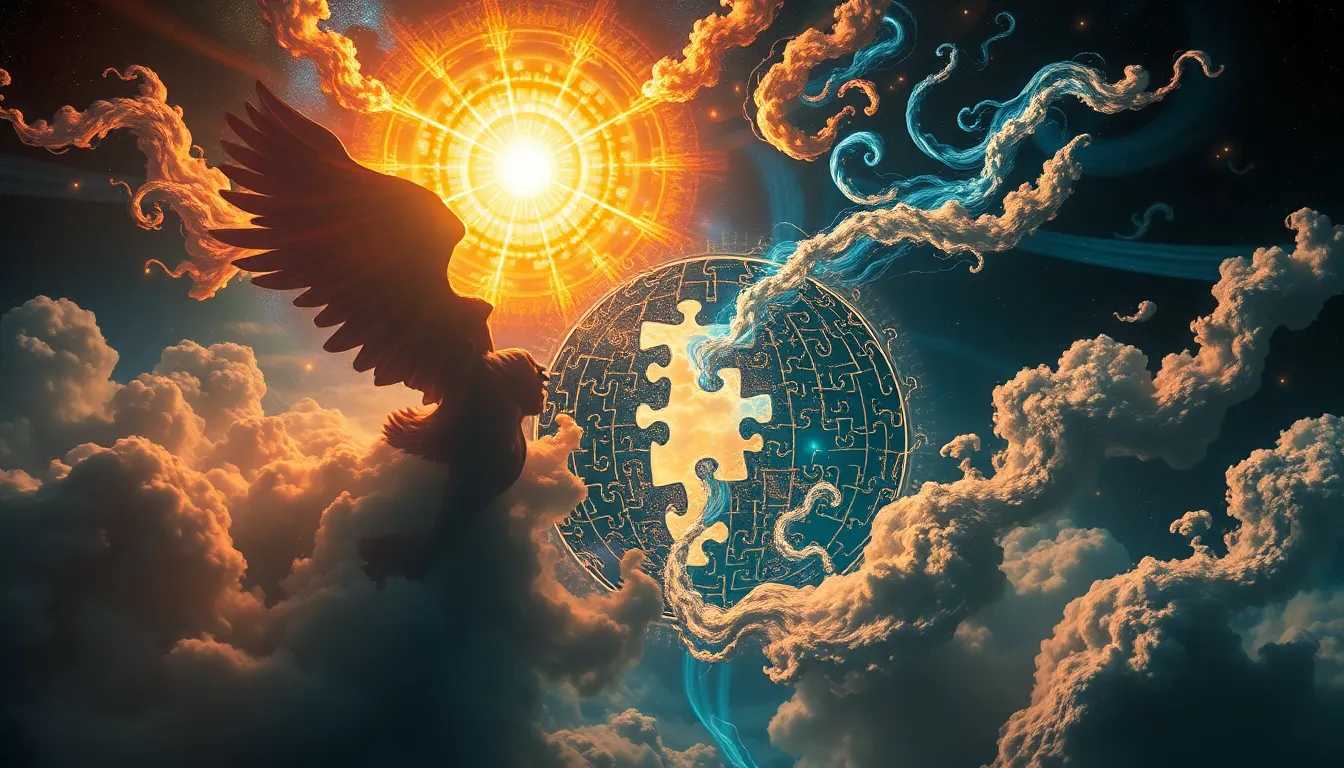The Tapestry of Life: Understanding Maori Mythology and its Influence on Healing Practices
The Maori people of New Zealand have a rich and vibrant culture that is deeply intertwined with its mythology and traditional healing practices. Maori mythology, known as "te ao marama," is a complex tapestry woven with stories, legends, and beliefs about the origins of the universe, the creation of the world, and the relationships between humans, gods, and nature. These stories are not merely fantastical tales, but rather a powerful system of knowledge that guides Maori people in understanding their place in the world and informs their approach to health and well-being.
Understanding Maori mythology is crucial for appreciating the foundation of Maori healing practices. These practices, known as rongoa, are rooted in the belief that health and well-being are interconnected with the natural world, the spiritual realm, and the lineage of ancestors. Rongoa is more than just a system of herbal remedies and physical treatments; it encompasses a holistic approach to health that emphasizes the importance of maintaining balance in all aspects of life.
Te Ao Marama: The World of Light and the Origins of Maori Healing
Te Ao Marama represents the world of light, a realm inhabited by gods, spirits, and ancestors. This realm is interconnected with the physical world, known as "Te Ao Hou," through a web of ancestral lineages, spiritual connections, and natural forces. The stories of Te Ao Marama explain the origins of the Maori people, their relationship to the land, and the importance of respecting the natural world. These stories also provide insights into the causes of illness and the principles of healing.
One of the most important stories in Te Ao Marama is the creation myth, which tells the story of how the god Tane Mahuta separated the heavens from the earth, giving birth to the world we know. This myth highlights the importance of the natural world and the connection between all living things. It also suggests that illness can arise from disruptions in the balance of nature or from transgressions against the gods or ancestors.
Atarangi: The Divine Ancestors and the Foundation of Maori Beliefs
The Maori people trace their ancestry back to the atarangi, the divine ancestors who emerged from the realm of Te Ao Marama and created the world. These ancestors are not merely figures from the past, but rather living entities who continue to influence and guide the lives of their descendants. Their stories provide a framework for understanding the principles of life, death, and the cyclical nature of existence.
The atarangi are also associated with specific aspects of the natural world, such as mountains, rivers, forests, and stars. Each ancestor is believed to possess unique powers and attributes that influence the well-being of their descendants. Respecting the atarangi and their domains is crucial for maintaining balance in the world and for ensuring good health.
Whakapapa: The Genealogy of Life and its Role in Healing
Whakapapa is the concept of genealogy, the intricate web of relationships that connect all living things. It is a fundamental principle in Maori culture, encompassing not only bloodlines but also the relationships between people and the natural world, as well as the connection to the atarangi. Whakapapa provides a sense of identity, purpose, and belonging. It also explains how illness can be caused by disruptions in the flow of life force or mana, which is passed down through ancestral lines.
In Maori healing practices, whakapapa is used to understand the root causes of illness and to guide the treatment process. Healers (tohunga) use whakapapa to identify the specific ancestors who may be affecting an individual's health, as well as the environmental factors that may be contributing to illness. Healing involves restoring balance to the individual's whakapapa, which may involve connecting them with their ancestors, addressing ancestral grievances, or seeking guidance from the spiritual realm.
Mana: The Life Force and its Connection to Health and Wellbeing
Mana is a vital life force that flows through all living things. It is associated with power, prestige, authority, and the connection to ancestral energy. Mana is considered to be the essence of life, and its balance is essential for health and well-being. When mana is strong, individuals are healthy, resilient, and successful. When mana is depleted, individuals become weak, susceptible to illness, and experience misfortune.
Maori healing practices aim to restore mana by addressing the underlying causes of its depletion. This may include strengthening the individual's connection to their ancestors, honoring their whakapapa, respecting the natural world, and living in accordance with the principles of Te Ao Marama. Rongoa practitioners often use traditional remedies, rituals, and prayers to restore the flow of mana and promote healing.
The Role of the Tohunga: The Healer-Priest and their Connection to the Spiritual World
The Tohunga, meaning "expert" or "master," are the traditional healers and spiritual leaders of the Maori people. They possess a deep understanding of Maori mythology, whakapapa, and the spiritual realm. Their role is not only to heal physical ailments but also to address spiritual imbalances, restore harmony with the ancestors, and guide individuals towards a path of well-being.
Tohunga are often seen as intermediaries between the physical and spiritual worlds. They are believed to have the ability to communicate with the atarangi, the spirits of nature, and the ancestors. This connection allows them to diagnose illnesses, identify the root causes of disharmony, and prescribe appropriate remedies. Their knowledge encompasses a wide range of practices, including herbal medicine, massage, rituals, and prayers.
Rongoa: The Traditional Maori Healing System and its Principles
Rongoa is the traditional Maori system of healing that encompasses a holistic approach to health and well-being. It recognizes the interconnectedness between the physical, mental, emotional, and spiritual aspects of being. Rongoa acknowledges that illness is not merely a physical condition but rather a manifestation of a deeper imbalance.
Rongoa practitioners, often referred to as "tohunga rongoa," utilize a wide range of natural remedies, including herbal medicines derived from plants, trees, and minerals. The use of these remedies is informed by a profound understanding of the properties of each plant and its relationship to the human body. Rongoa also incorporates massage, bone setting, and other physical therapies.
The Power of the Tangata Whenua: Connecting with Ancestors and Nature
Tangata whenua, meaning "people of the land," refers to the Maori people who have a deep connection to the land, its resources, and its spiritual essence. This connection is both physical and spiritual, shaped by the stories of the atarangi and the ancestral lineage that binds them to the land. The tangata whenua believe that the land holds the power to heal and that by respecting the natural world, they can tap into this power for their well-being.
This connection is reflected in many aspects of Maori healing practices, including the use of plants for medicine, the rituals performed in sacred places, and the deep understanding of the cycles of nature. Rongoa healers often draw upon the knowledge and wisdom of elders, passed down through generations, to connect with the land and its healing properties.
The Influence of Myth and Ritual on Healing Practices: A Case Study of Rongoa
Maori mythology and ritual play a crucial role in shaping the practice of Rongoa. Stories of the atarangi provide insights into the causes of illness, the nature of the spiritual realm, and the power of ancestors. Rituals, such as karakia (prayers or incantations), are used to invoke the blessings of the ancestors, connect with the spiritual world, and restore balance to the individual.
One example of the interconnectedness between mythology and healing practices can be seen in the use of the medicinal plant, Harakeke (New Zealand flax). In Maori mythology, Harakeke is associated with the atarangi, Hine-nui-te-po (the goddess of the underworld), who is believed to have given the plant its healing properties. The plant is used in rongoa to treat a wide range of ailments, reflecting its deep connection to ancestral power and the spiritual world.
FAQ
What is the difference between Rongoa and Western medicine?
Rongoa and Western medicine are distinct systems of healing. Rongoa is a holistic approach that considers the spiritual, emotional, and mental aspects of well-being, while Western medicine primarily focuses on the physical body. Both systems have their strengths and limitations, and some people choose to combine both approaches to achieve optimal health.
Is Rongoa still practiced today?
Yes, Rongoa is still practiced by the Maori people today. There is a growing interest in traditional healing practices, and many Maori communities are working to revitalize and preserve their ancestral knowledge.
Can anyone practice Rongoa?
While anyone can learn about and appreciate Rongoa, it is generally considered a practice that should be led by trained healers who have a deep understanding of Maori culture, mythology, and the principles of Rongoa.
How can I learn more about Maori mythology and Rongoa?
There are many resources available to learn more about Maori mythology and Rongoa. You can consult books, articles, websites, and documentaries. You can also attend workshops or courses led by Maori experts.



